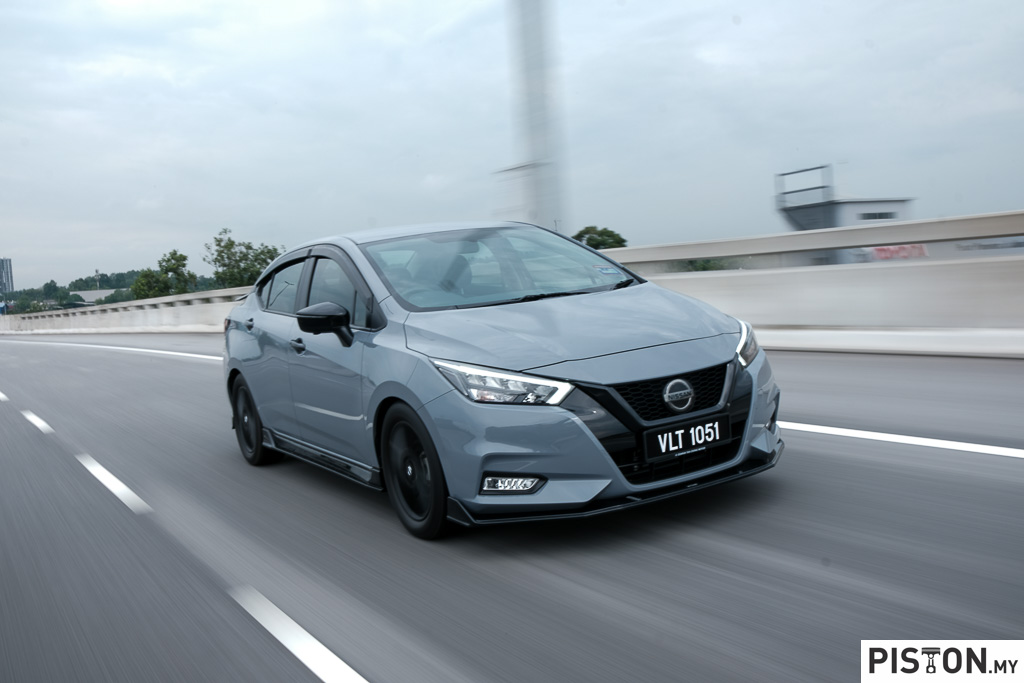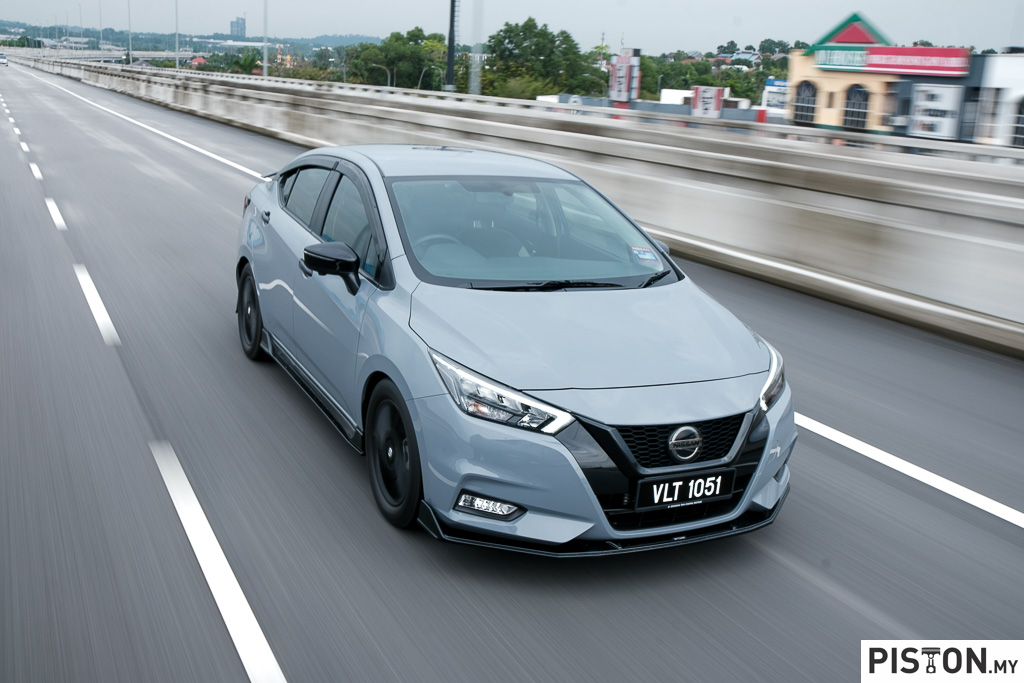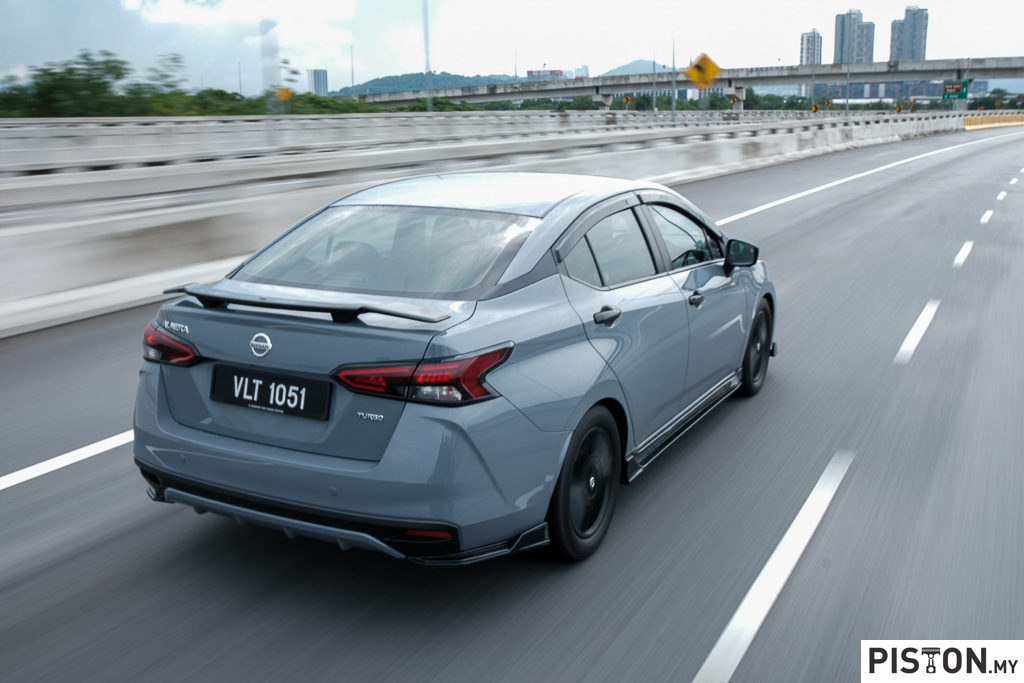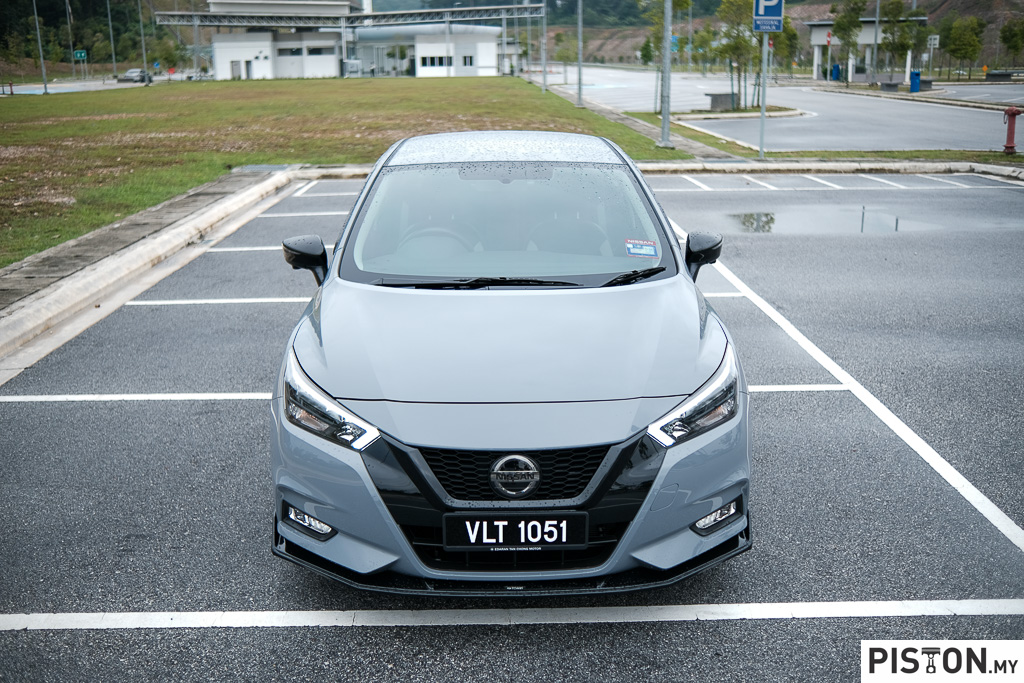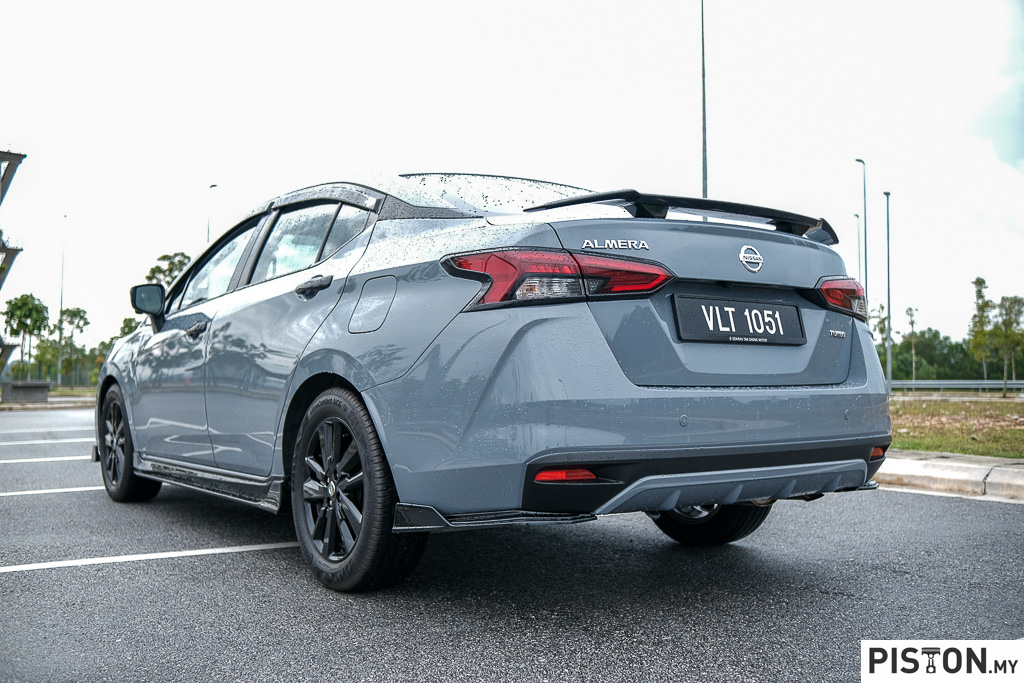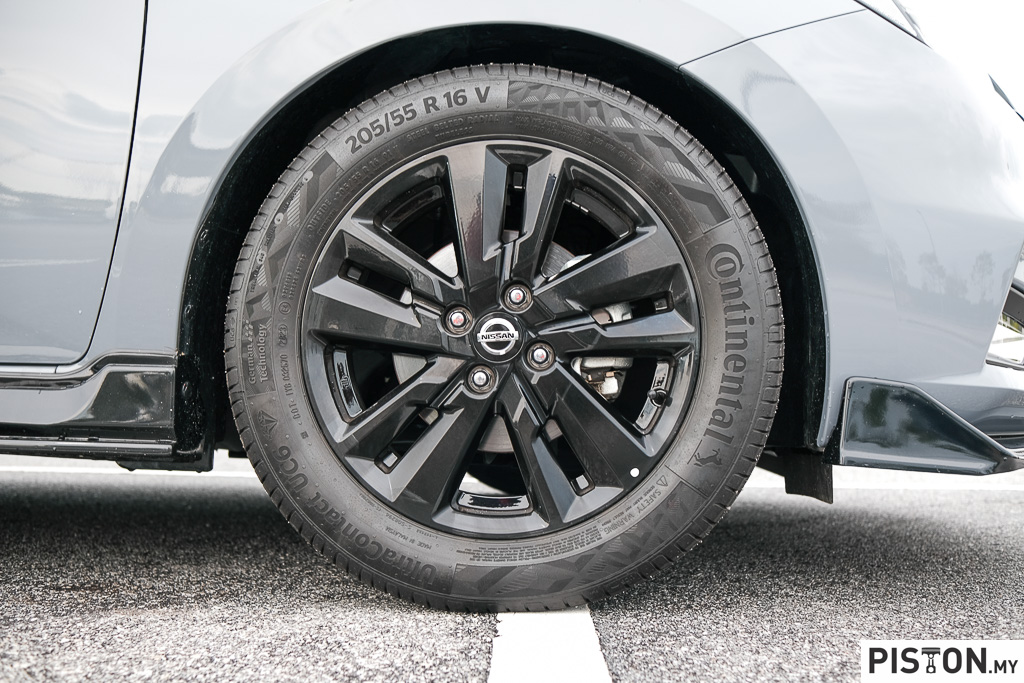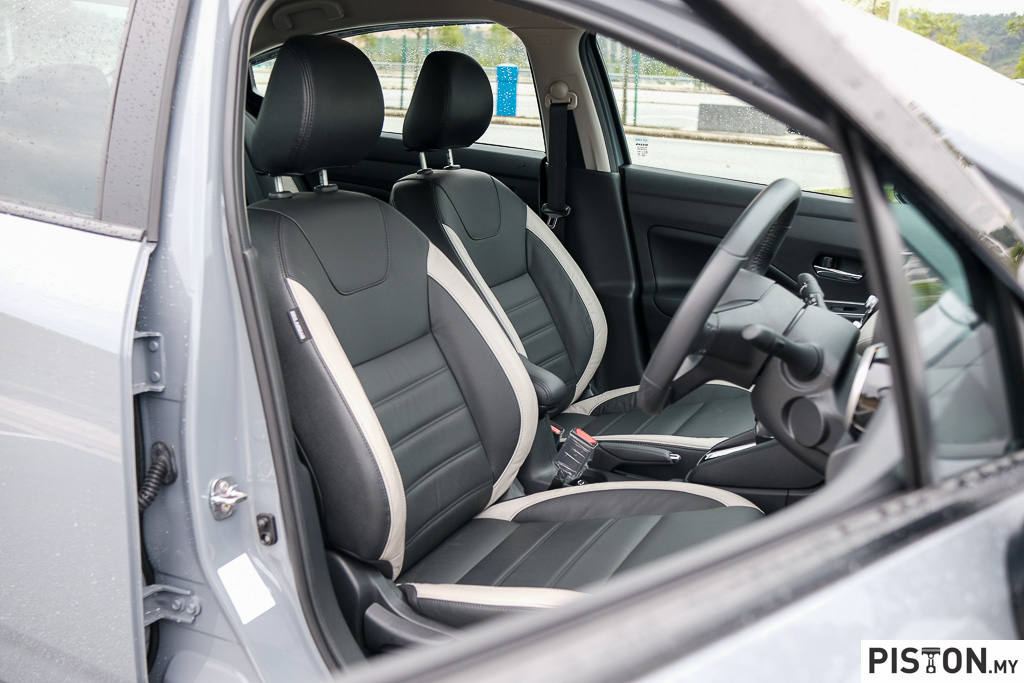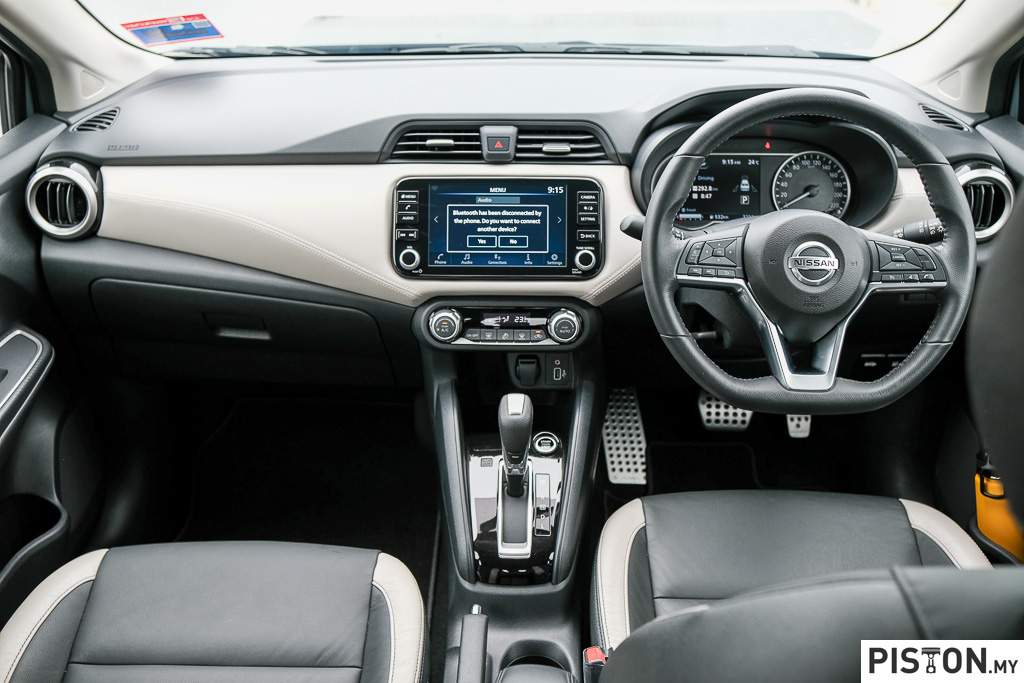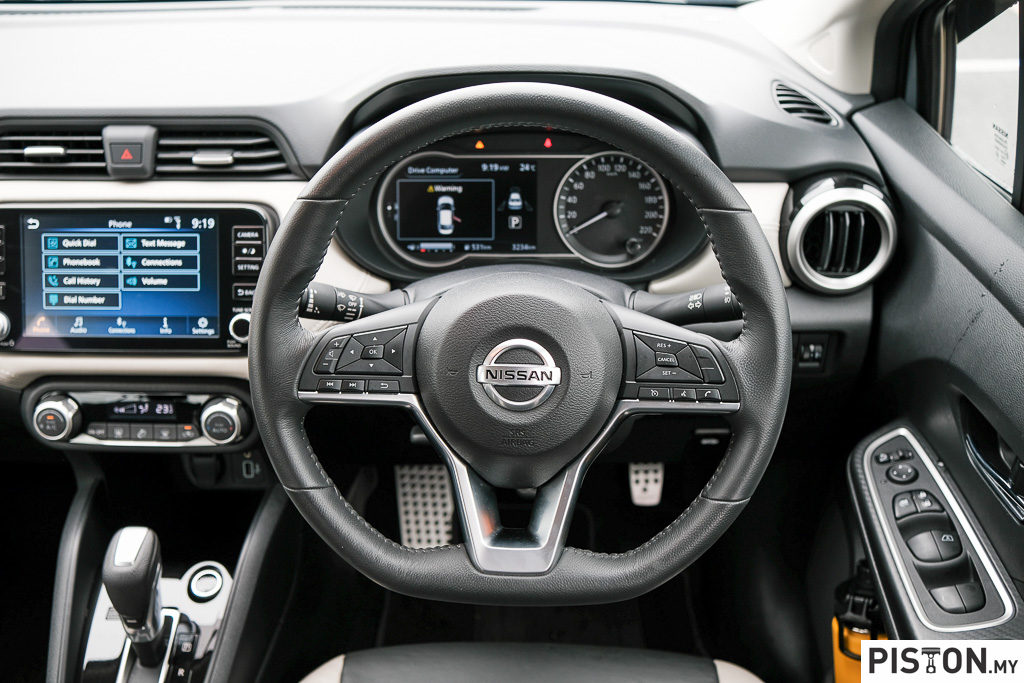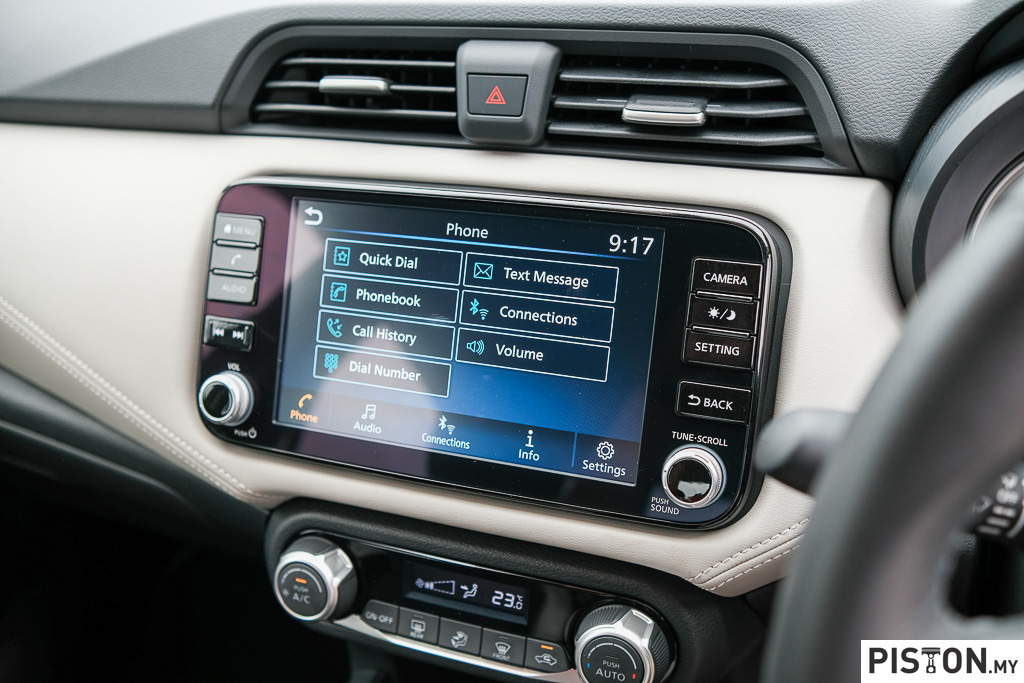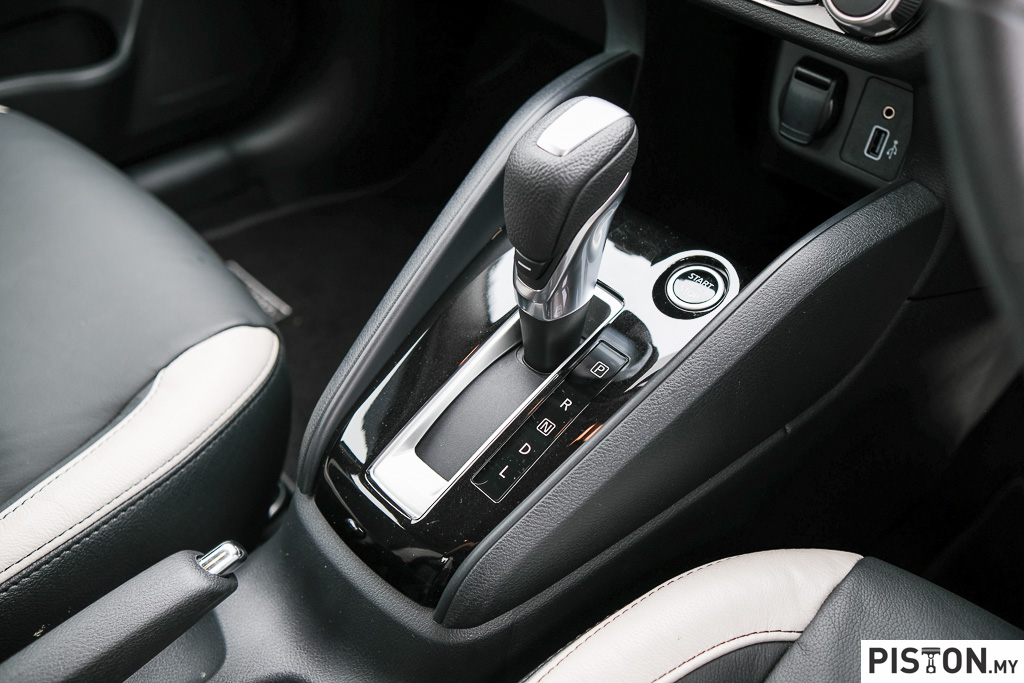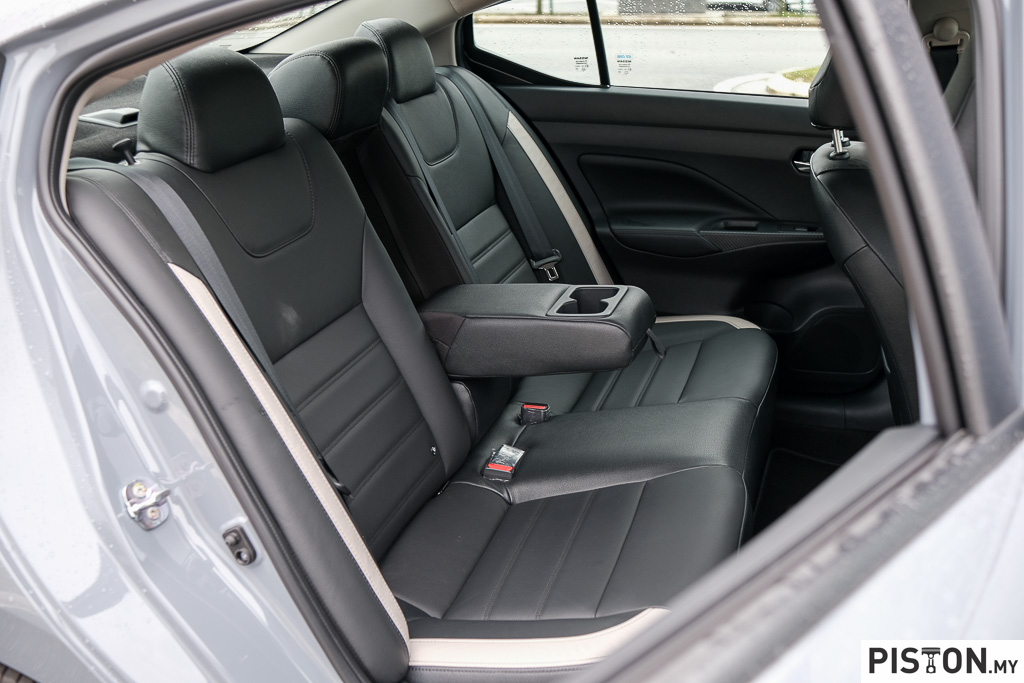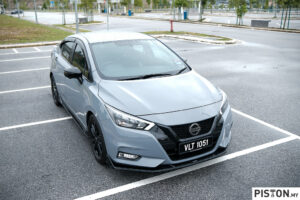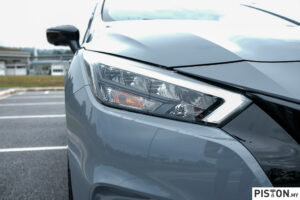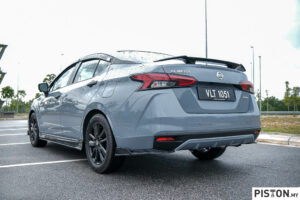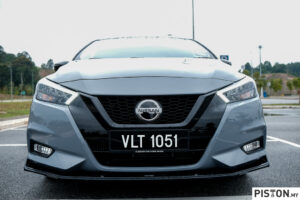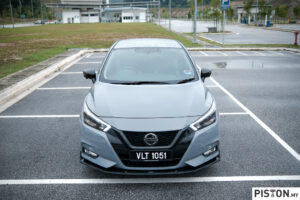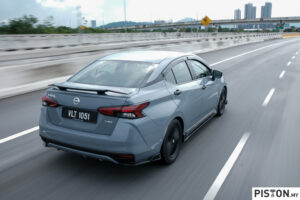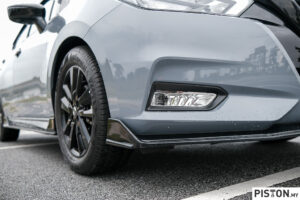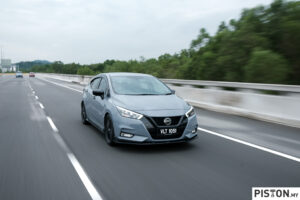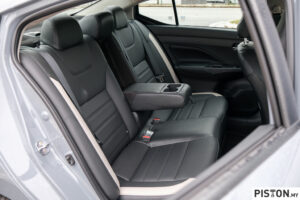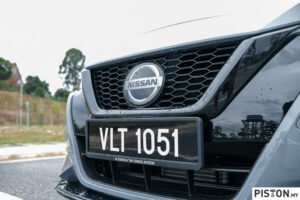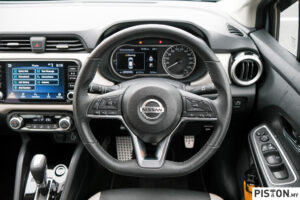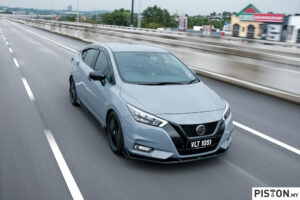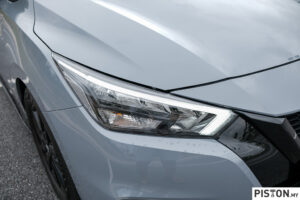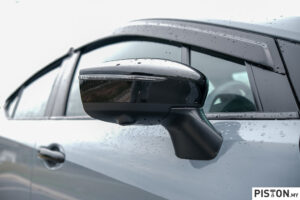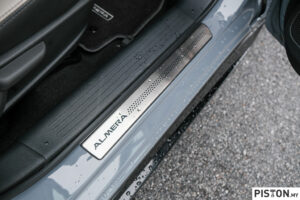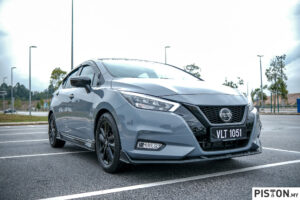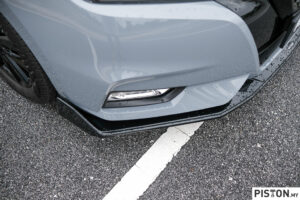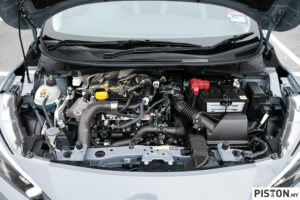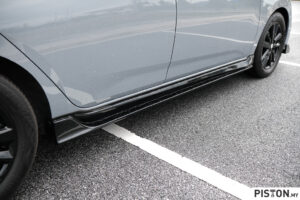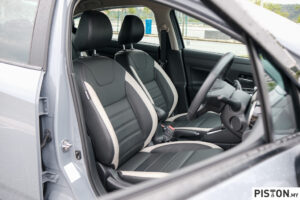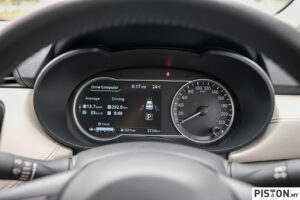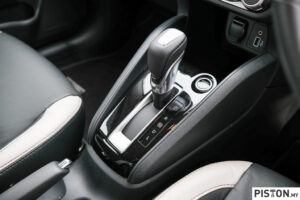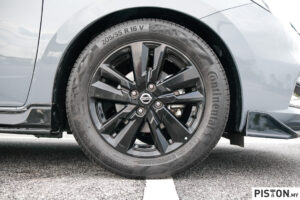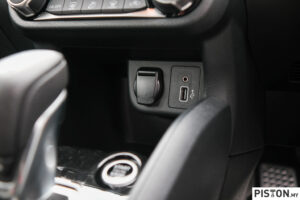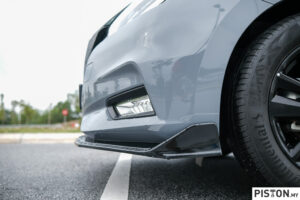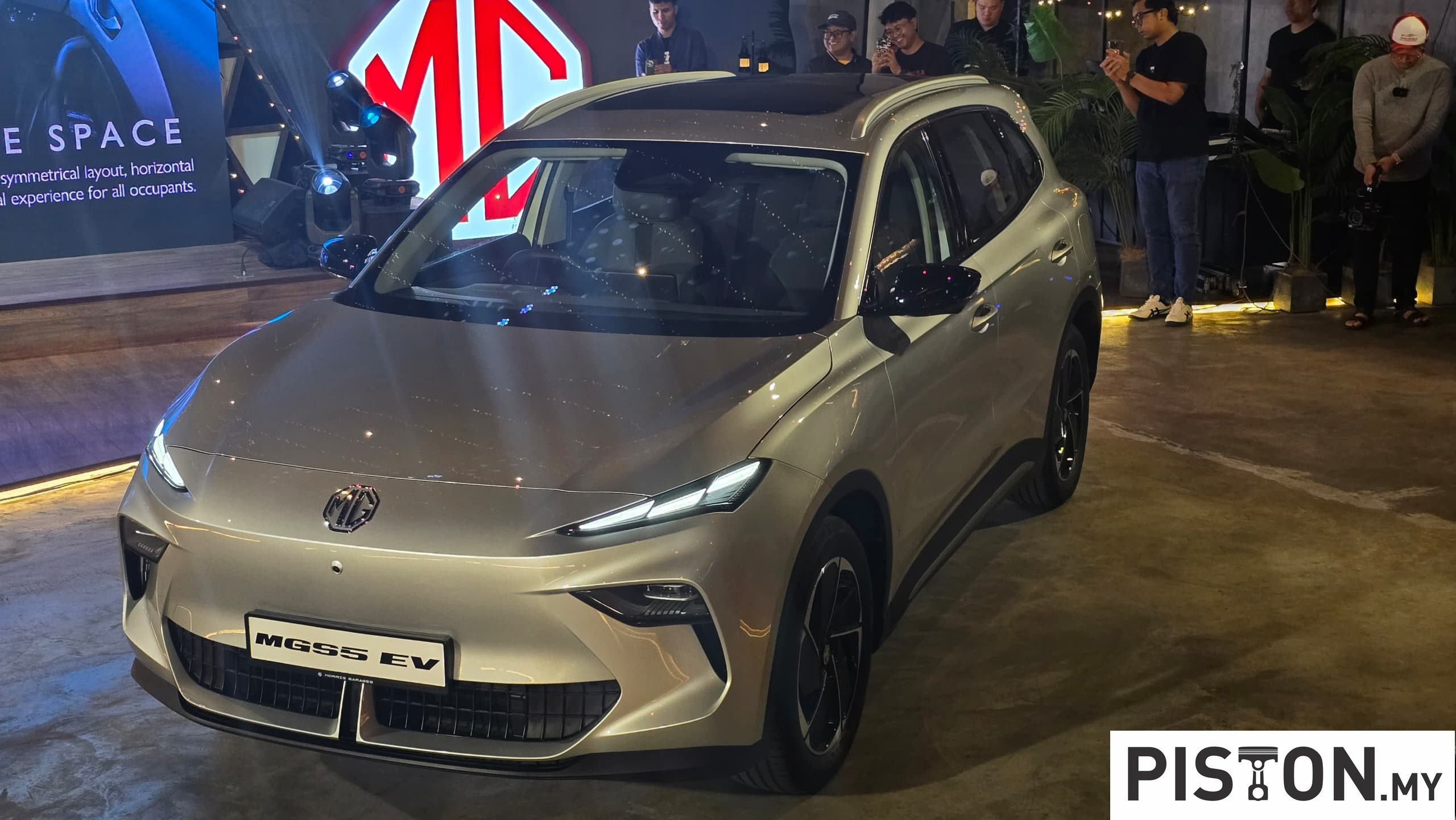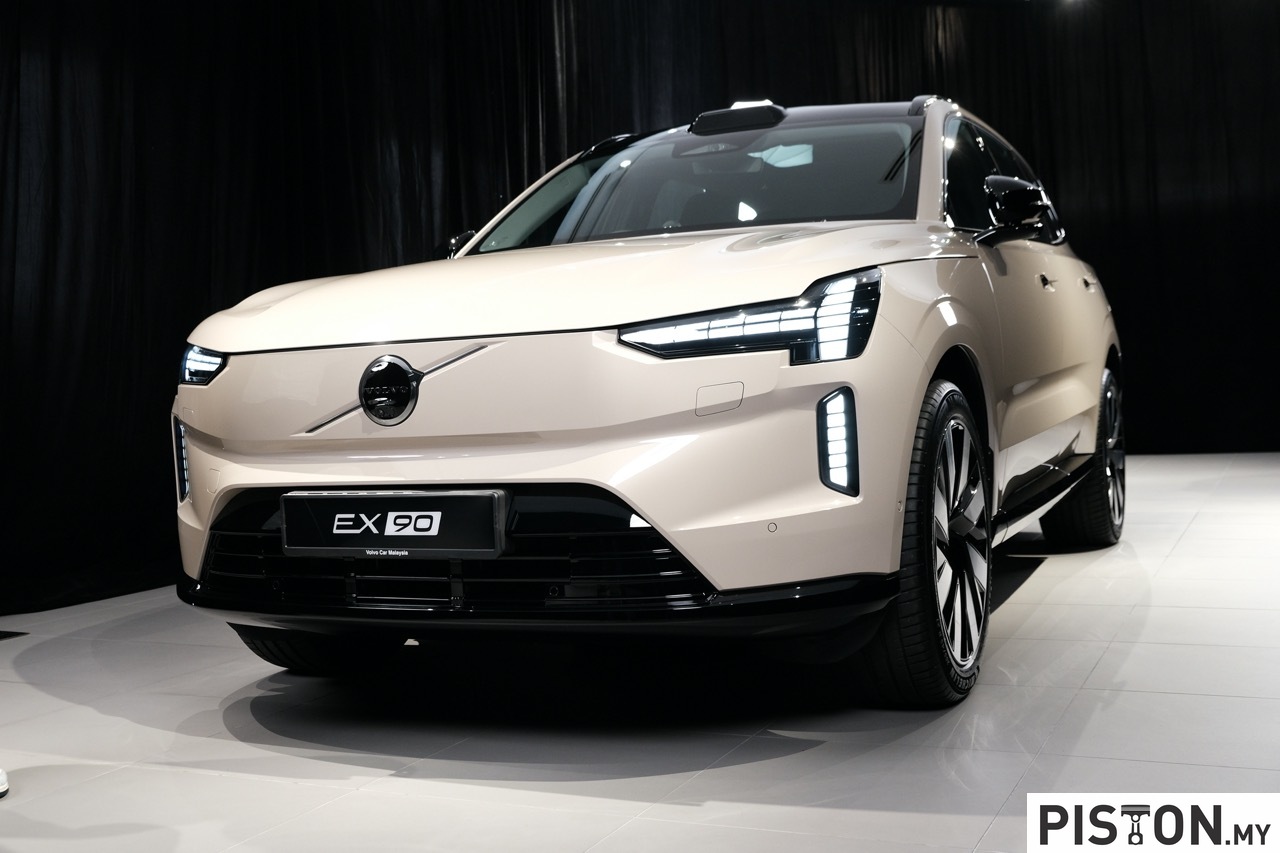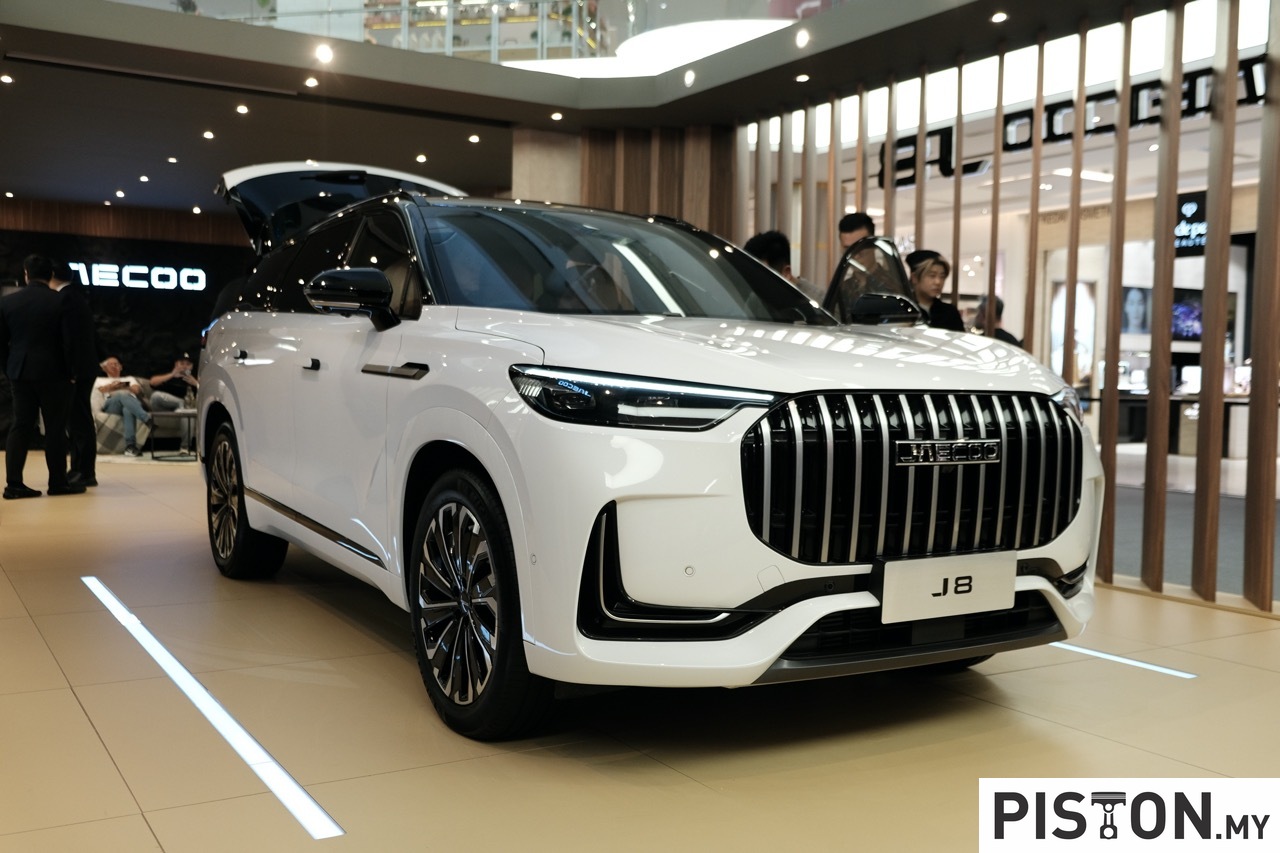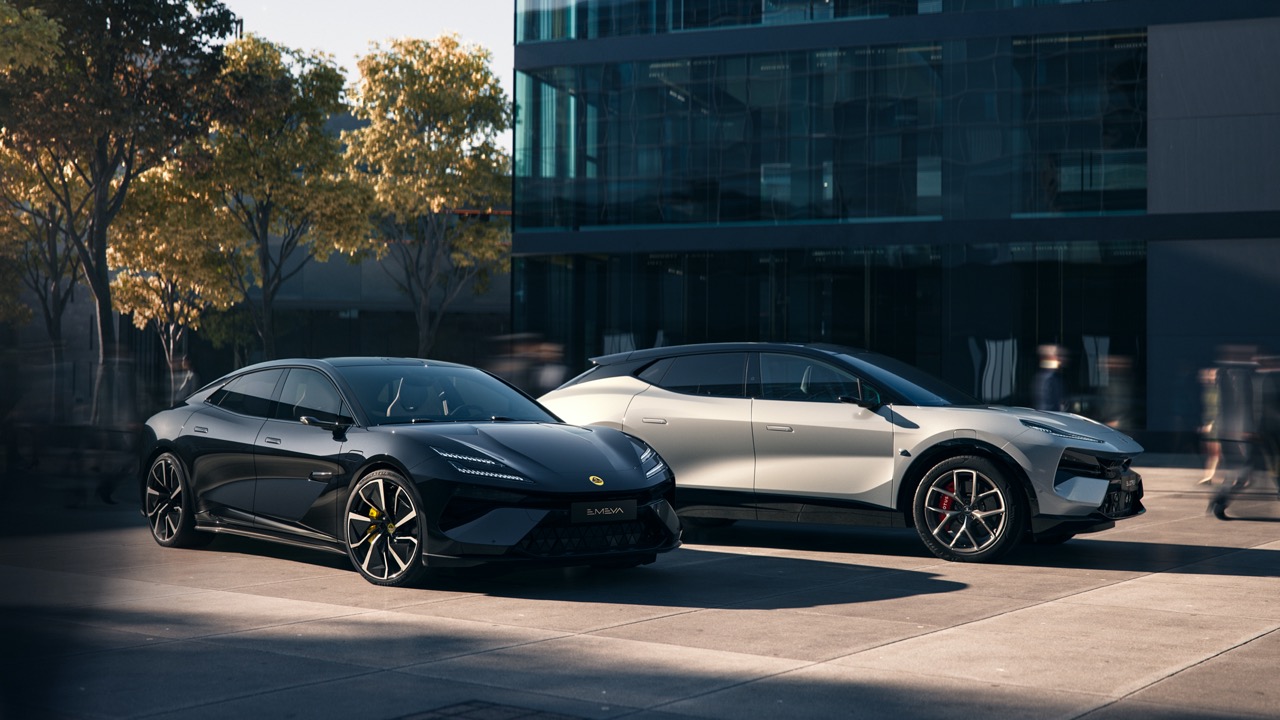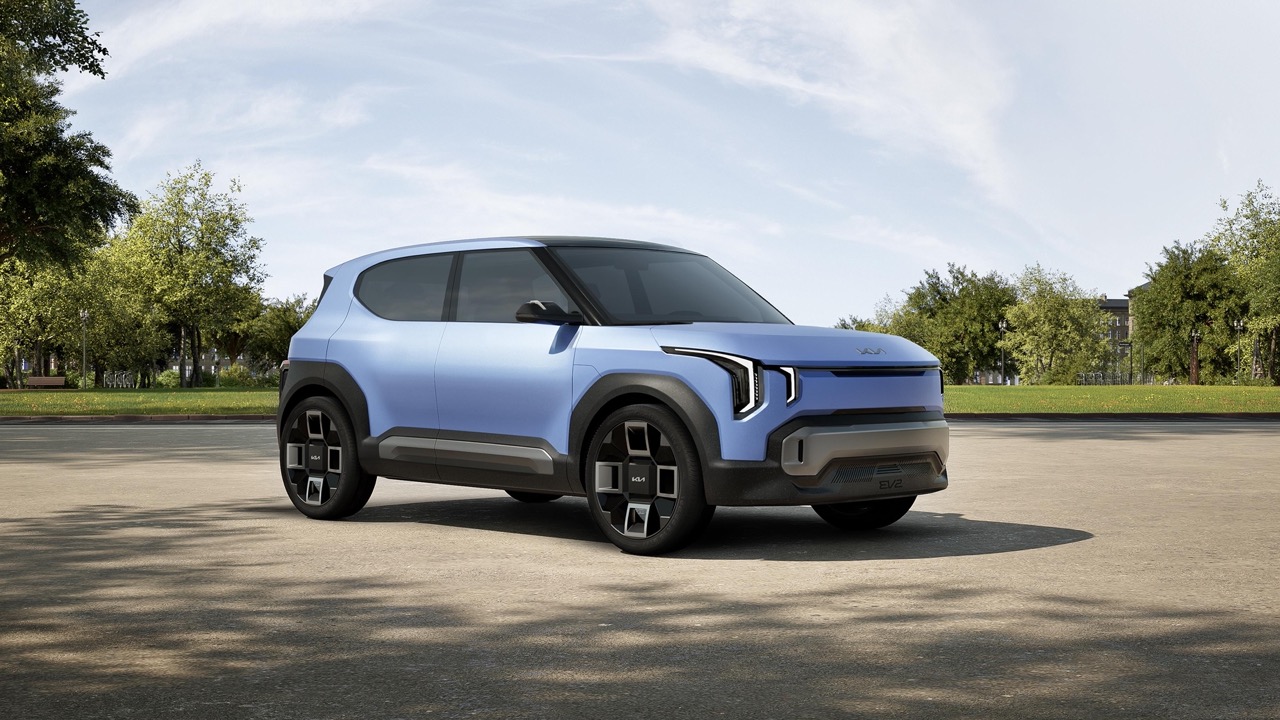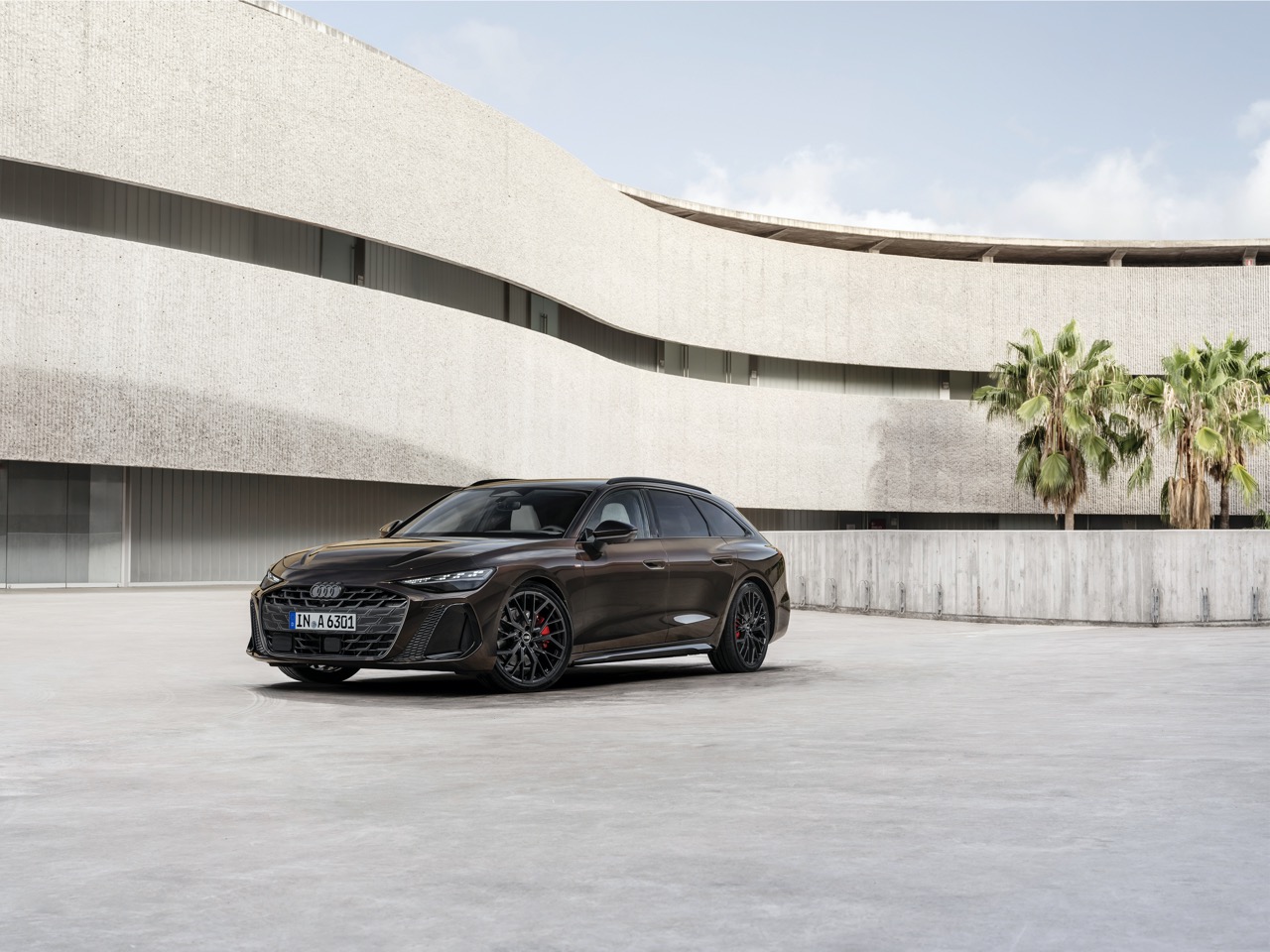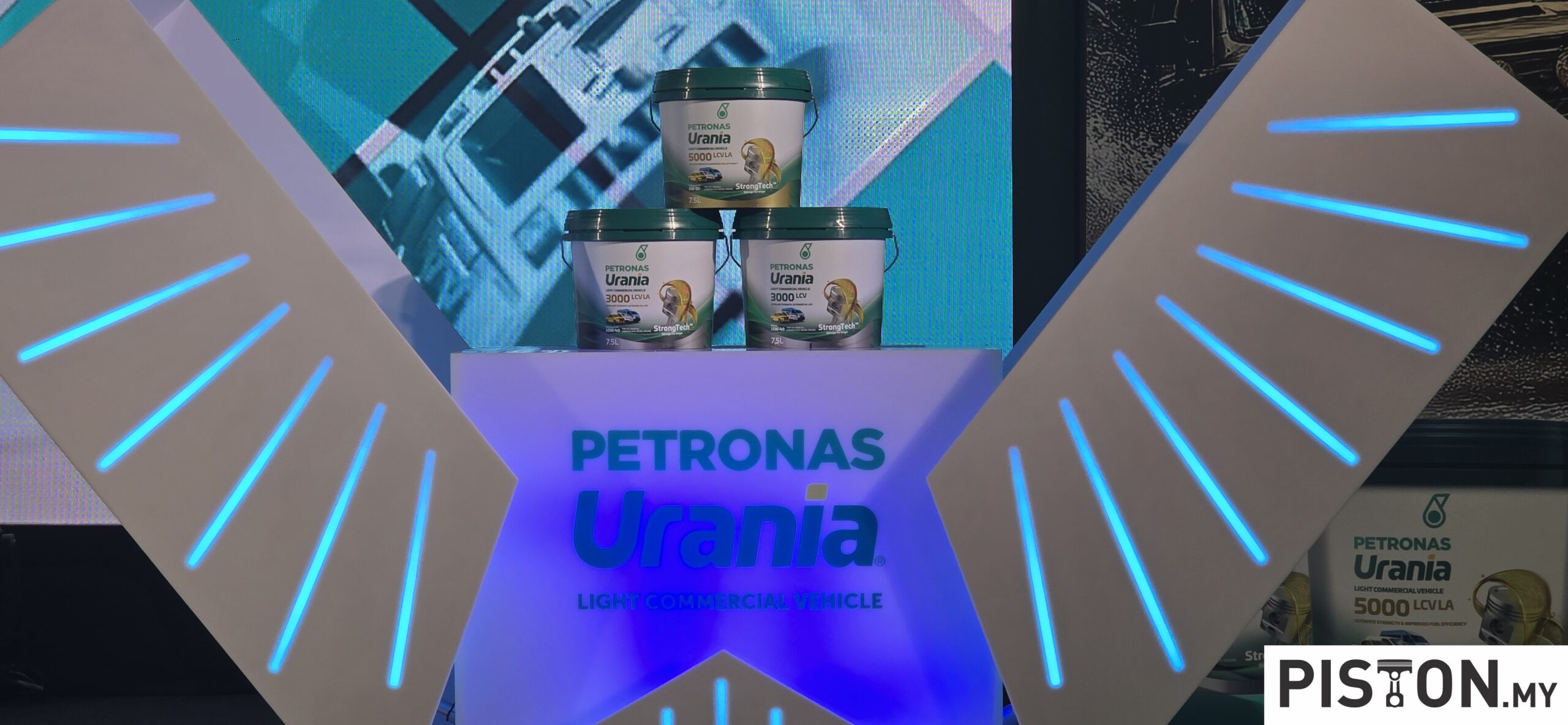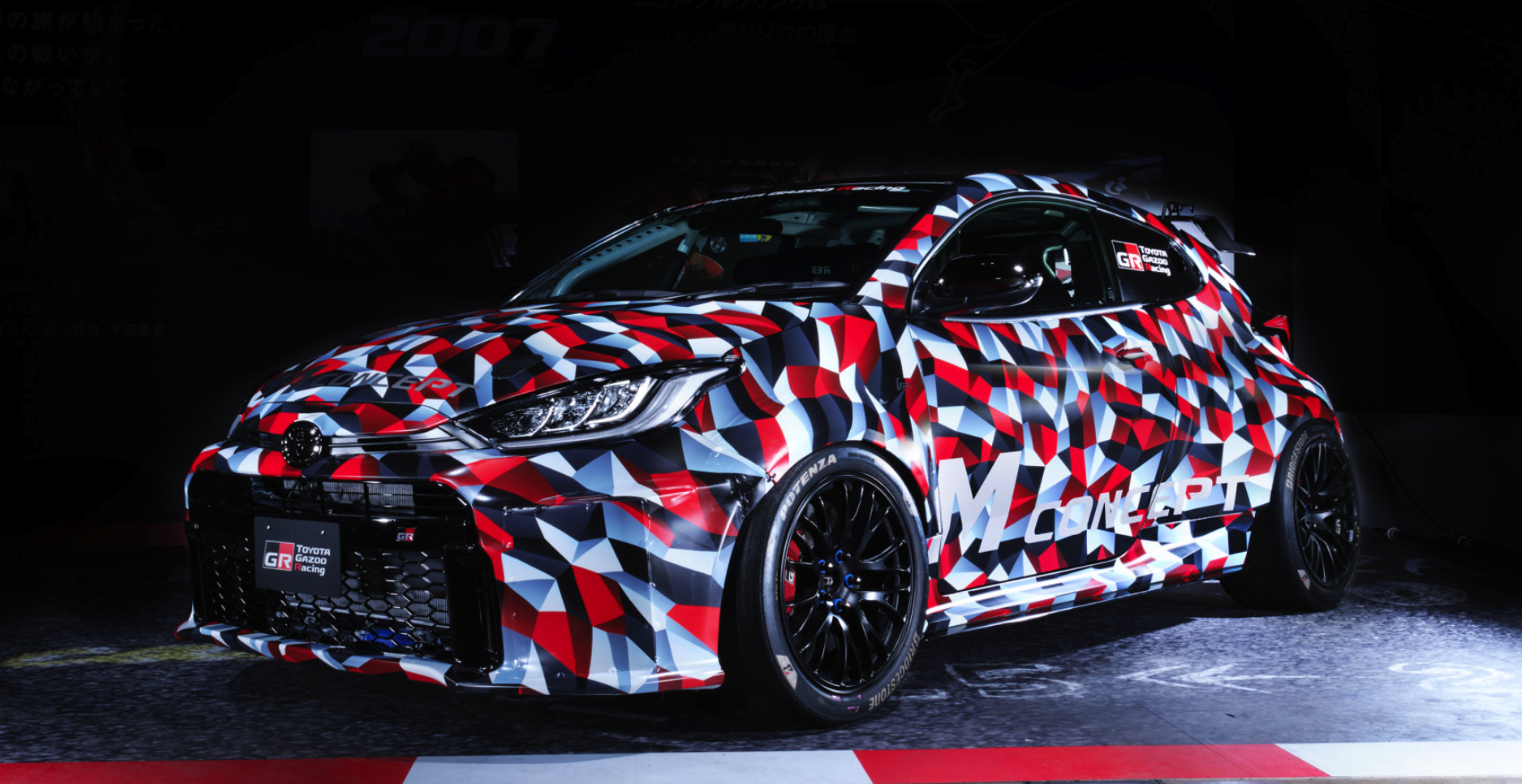When it comes to Malaysian B-Segment cars, it wouldn’t be too far-fetched to say that the Honda City and the Toyota Vios are the standout choice. The sales volumes speak for themselves, and the choice is clear, Malaysians prefer Hondas and the Toyotas.
But despite that, there used to be a time when the segment had another clear contender, the Nissan Almera.
Launched in 2020, the then new, fourth-generation Nissan Almera was introduced to Malaysians at the beginning of the pandemic. After what the world experienced through 2020-2022, we can all agree It is never a great idea to launch a new car when everyone is tightening their purse strings. In fact, no one could even come out of their houses so how were they going to be convinced to buy a car?
Yet, Edaran Tan Chong Motor (ETCM) launched the Nissan Almera anyway and it worked out for them. Perhaps it was because of the loan moratorium where banks allowed a repayment freeze for a maximum of six months.
Car companies, financial institutions also worked with the government to reduce interest rate and taxes on cars, and this allowed companies to sell their cars for cheaper than usual. This also resulted in record car sales for Malaysia.
But this would be stealing the Almera’s thunder because after all, it is quite a nice car, as we found out recently.
Just to make it clear, we had never sat in a latest-generation Nissan Almera let alone drive one prior to this, so the new Almera was a revelation of sorts for us. Among the many B-segment reviews that we have done, the common comments usually centre around how a car compares against the Almera.
You see, the Almera has made quite a name for itself as a good-looking, reliable and comfortable car. One that can pass of the best middle ground between the Honda City and the Toyota Vios.
The design of the Almera deserves a special mention because it is the first time that an Almera has looked this good in the past two decades. And despite already being four years old, the design seems to have stood the test of time quite well.
In fact, it does not only look good, but it also seems to have improved despite being largely the same. The car that you see here is the Almera Kuro Edition, which is basically Japanese for the ‘Black Edition’.
To this writer’s eyes, the Almera Kuro Edition brings out the best in the Almera’s design. It looks a lot sportier thanks to a new blacked out front grille, black 16-inch wheels, and an aero kit that include front and rear bumper spoiler, and side skirts. The Glacier Grey colour also looks like it set out to make a 60-year old feel 20 again.
The Nissan Almera is the grand child of the Nissan Sentra, which many of us will probably know and love. Malaysians will also remember the Sylphy and the Latio, both of which sold in fairly well numbers.
The common theme that all these cars have, is that they are all comfortable, easy to drive and are all spacious. You will have to sit in an Almera to experience this for yourself, but the seats in the Almera are the best in the segment. No probably or maybe here, they just are the best.
The seats offer better bolstering while the padding is plush. This segment does not offer electric seats due to the cost factor, but no one else but Nissan got the memo about comfortable seats being a plus point for B-segment buyers.
The only thing that is a bit of annoyance is the black and white leatherette interior. It looks like an afterthought by someone who reckoned the Almera Kuro Edition didn’t look sporty enough and believed whole heartedly that a contrasting interior would do the trick. Well, it does not and the white edges around the seats will very quickly off-white as the driver and passenger slide on them every day.
But once inside, the spaciousness of the interior will immediately impress you and you will notice that the white around the seats is also present on the dash as well. Except that this time it does not look as bad.
The flat-bottomed steering wheel adds some character to the car while the eight-inch touchscreen infotainment system offers Apple CarPlay and Android Auto. Both of which are considered essentials in the modern era.
The interior generally feels good and well thought out with comfort and spaciousness being the main theme at play here.
The Nissan Almera may be well-known for its interior, but it is also popular for being the only car in its segment to be powered by a three-cylinder turbocharged engine. While the competition utilise 1.5-litre, four-cylinder, naturally-aspirated engines, Nissan took on an entirely different path.
Rather than relying on good old displacement (which some say has no replacement), Nissan chose to utilise a small 1.0-litre engine and force feed it some air through a turbocharger to help it produce 100PS and 152Nm of torque.
When Nissan first introduced the Almera, some Malaysians got excited when they heard that the Almera used a turbocharger. Many believed that this will make the Almera significantly more powerful than the competition. But just for reference, the Honda City makes 121PS and 145Nm of torque, which makes it significantly more powerful than the Almera.
The Almera’s turbocharger is not designed for gargantuan power, but rather it makes the Almera one of the most economical in its class. Official fuel consumption figures say that the Almera can travel an astonishing 18.4km per litre, which gives it a theoretical range of 650km per tank. Considering that the Almera uses a puny 35 litre tank (which is a lot cheaper to fill up), that range is hugely impressive.
You are going to be left hugely disappointed if you think the Almera is going to be a lot of fun to drive because it has a turbocharger. But if you manage those expectations and approach it as the car it truly is – a comfortable, convenient b-segment slinger, then the Almera is bound to impress.
On the move the Almera feels like a typical B-segment car, it does a decent job at keeping the interior hushed with the passengers insulated from the noises and vibrations underneath the car.
But it does not have the refinement levels of a Honda City and the suspension is also on the stiffer side as well, preferring instead to roll over bumps rather than to absorb them. In that aspect, the City and the Vios feel better.
That aside, the Almera can hold its own when it comes to safety systems and features. In fact, it even trumps the mighty City with its Blind Spot Monitoring System, another feature that has become a necessity today. The Honda City still trudges along with its dated Lane Watch system.
The Nissan Almera is undoubtedly a fantastic car and while the competition has moved along with refinement, power and features, the Almera is still one of, if not the most efficient car in its segment.
The Kuro Edition lends some much needed character but that does not come for free. There are three variants with prices starting from RM83,888 for the VL variant, RM89,888 for the VLP and the model you see here is the VLT which costs RM95,888.
The Kuro Edition Package which includes all of the items mentioned above will set you back a further RM8,000. And that includes tint, door handle protectors and scuff plates. And if you want that good-looking rear wing, that will set you back a further RM1,400.
Is the extra premium for the body kit worth forking out for? You can’t put a price on a good-looking yet efficient car. If you need further convincing, think about it this way – the Almera is so fuel efficient that the savings can pay for the body kit over time. It may take some time, but savings always pile up.
Specifications
Engine: 1.0-litre, three-cylinder, turbocharged
Power: 100PS @ 5000rpm
Torque: 152Nm@ 2400rpm
Transmission: X-Tronic CVT
Suspension: Independent MacPherson Struts with Stabiliser (Front) / Torsion Beam with Stabiliser (Rear)
We like: Good looks, comfortable interior, fuel efficient
We don’t like: Ride quality, noisy CVT transmission




